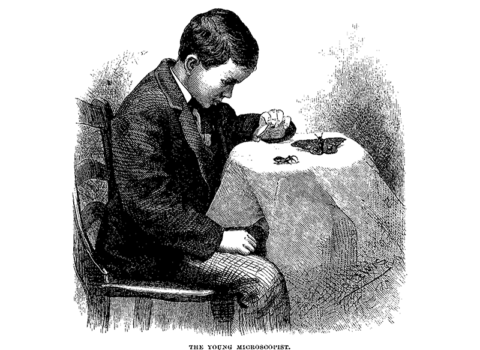Live from the War
Every day, the war in Ukraine reminds us of the gratuitous and appalling loss that occurs in a conflict between forces set up for the express purpose of killing. Yet while there is no silver lining in war, it sometimes has unexpected consequences that can lead to greater understanding and enlightening insights, despite the horror. Paradoxically, some notable advances in science and medicine have occurred in times of war—I’m thinking of Florence Nightingale’s logistical and sanitary advances during the 19th-century Crimean War, when she completely redesigned the nursing profession, as well as hospital protocols, saving the lives of thousands of soldiers and countless future civilians.
One can only hope that the Russian-Ukrainian confrontation will teach some lessons to ordinary people and politicians alike. So much cruelty could have been avoided with a modicum of understanding of the realities of war. Unfortunately, that understanding is not always possible, because the politicians in question have no interest in giving citizens access to the battlefield, directly or through the media. The sight of piled-up mutilated bodies and gutted buildings is not the best way to generate support for the ambitions of warlords like Vladimir Putin or George W. Bush.
Consequently, authorities conceal most war damage from non-participants to avoid eliciting negative reactions. This is how propaganda has come to increasingly dominate perceptions in the United States and elsewhere. After America’s defeat in Vietnam, the military blamed the media for supposedly demoralizing the American people by showing them, up close, combat’s devastating effects on soldiers from both sides and on Vietnamese civilians. The American military’s horrific tactics—spraying napalm, carpet bombing, massacring civilians—were shocking enough, but to see so many young Americans dying on the evening news was much too upsetting, according to the great minds of the Pentagon.
Since then, the strategy of any military campaign planned in Washington has been, as far as possible, to hide the dead and wounded by preventing media access. This policy has facilitated American warmongering starting with the invasion of Grenada in 1983, followed by the invasion of Panama in 1989, the First Gulf War in 1991, the bombing of Belgrade in 1999, the invasion of Afghanistan in 2001, and, most notably, the invasion of Iraq in 2003.
To this assault on the freedom of the press the American media has responded only meekly, almost completely abdicating its right to bear witness to these wars waged in the name of a supposedly sovereign people. This failure was crystal clear in Radio-Canada’s Téléjournal segment from March 23, 2003, which highlighted the absence of good reporting on the war in Iraq coming from the United States and the Bush administration’s control of pro-war propaganda. That night, the team from Quebec stood out when it refused to be manipulated after the American military suffered heavy losses. It aired footage broadcast by Al Jazeera of dead bodies and of American prisoners killed and captured by Saddam Hussein’s army.
The Téléjournal reported the death or imprisonment of at least twelve American soldiers (in fact, there were twenty-eight dead), so that “this time, the Americans are the ones receiving the shock and awe,” said Michaëlle Jean before turning over the mic to Bernard Drainville, who summed up the matter perfectly: “It’s America’s worst nightmare—to see the lifeless bodies of their young soldiers . . . and to learn that other GIs were taken alive.”
He was right about that. After images of the bodies and terrified prisoners were released, American General John Abizaid denounced the Arab television network for airing “disgusting” footage. “I’m very disappointed that you would [show] such images of our service members…and I would ask other [networks] not to do that. . . . The showing of these pictures is absolutely unacceptable.” Drainville continued: “To date, major American television networks seem to have obeyed the Pentagon’s directive,” with a brief exception on the part of CNN.
And suddenly, thanks to Putin, war is back on the front pages of newspapers and on television: the dead bodies of soldiers and civilians scattered across screens around the world, families of victims in tears. But the reasons for allowing transparency in Ukraine are also based on propaganda, because Ukrainian president Zelensky has a great deal of international support to gain from presenting his country as bleeding and martyred. At the same time, he has no interest in reporting the rumored, but as yet unconfirmed mistreatment of Russian soldiers by Ukrainians.
A vivid picture of war is necessary in order to avoid future wars. Nevertheless, a television screen, even a high-definition one, has limited effectiveness. The great film director Samuel Fuller, himself a combat veteran, explained the challenge: “To make a real war movie would be to occasionally fire at the audience from behind the screen during a battle scene.”



